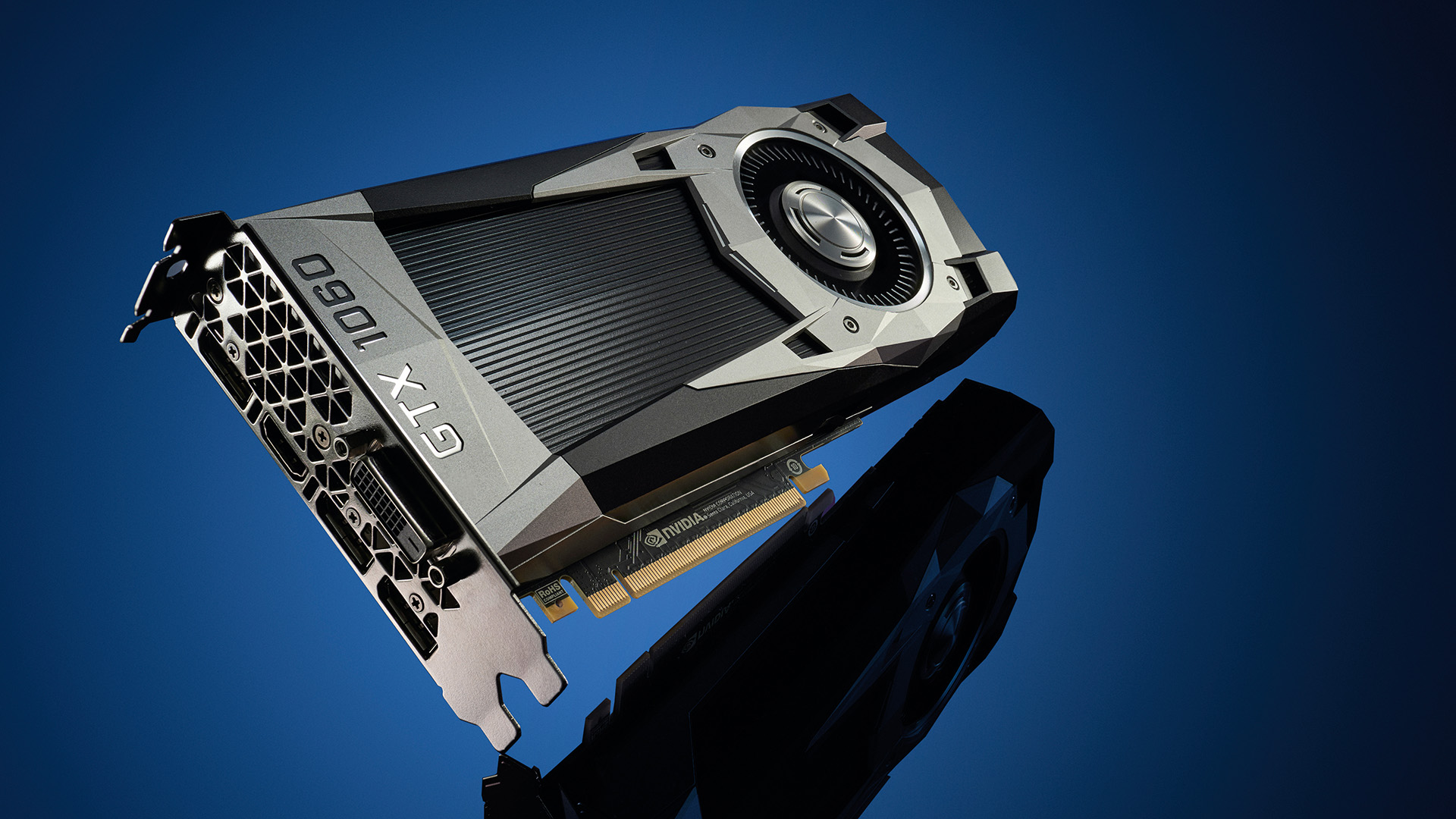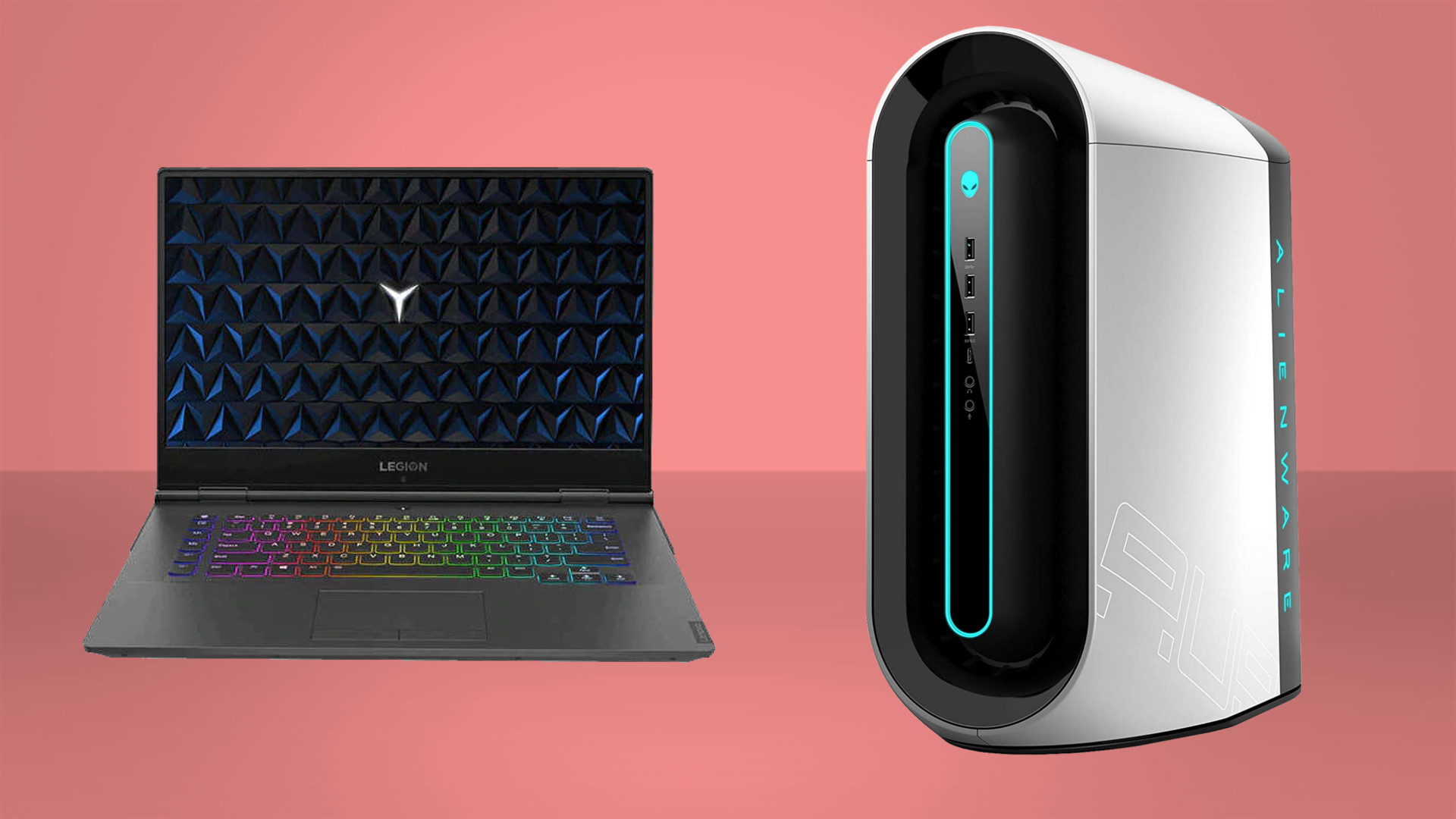AMD doesn't recommend using a GTX 1060 with frame-rate boosting FSR 2.0
Though there's still hope for the most popular GPU today on a case-by-case basis.

Older graphics cards from AMD and Nvidia may not reap the benefits of AMD's next-generation upscaling technology, FidelityFX Super Resolution 2.0 (FSR 2.0). AMD released a list of recommended GPUs for various resolutions with FSR 2.0, and some Polaris and Pascal graphics cards are notably missing, including what is still the most popular GPU today, the Nvidia GeForce GTX 1060.
AMD's new upscaling technology represents a major leap for the red team. From FSR 1.0 to FSR 2.0, AMD has flipped from a spatial upscaler to a temporal one, and with that reportedly offers a great uplift in performance and quality.
The downside is that it may be too intensive for some older GPUs. With a target resolution of 1080p for FSR 2.0, AMD recommends an RX 6500 XT or RX 590 of its own cards; or a GTX 1070, GTX 16-series or above from Nvidia's lot.
At 1440p, the recommendations increase to the RX 6600, RX 5600, or an RX Vega GPU or above from AMD; or a GTX 1080, RTX 2060, or RTX 3060 or above from Nvidia.
Then to push a 4K resolution, AMD suggests an RX 6700 XT or RX 5700 or above; and an RTX 2070 or 3070 or above from Nvidia.
AMD has briefly spoken about what might slow down FSR 2.0 while in action, citing FSR 2.0's relatively high memory bandwidth demands. It noted during a GDC talk that a 4K scene can outstrip the Infinity Cache on even an RDNA 2 GPU, which doesn't bode well for older cards without anything close to an RDNA 2 GPU's cache or memory capacity.

| Target upscaling resolution | AMD GPUs | Nvidia GPUs |
|---|---|---|
| 4K | RX 6700 XT, RX 5700 and above) | RTX 3070, RTX 2070 and above) |
| 1440p | RX 6600, RX 5600, RX Vega and above | RTX 3060, RTX 2060, GTX 1080 and above |
| 1080p | RX 6500 XT, RX 590 and above | GTX 16 series, GTX 1070 and above |
Though AMD is rolling out an optimisation called Cache Blocking to improve cache hit rates. It does so by splitting workloads into multiples to keep data in the local cache and maintain faster execution times. AMD says L0 cache hit rates increased 37% on an RX 6800 XT when splitting workloads into three blocks using Cache Blocking.
Keep up to date with the most important stories and the best deals, as picked by the PC Gamer team.
And that feature should work across GPUs from AMD and Nvidia, unlike some others in FSR 2.0 that are RDNA 2-only. There's likely more to AMD's recommendations than memory bandwidth alone, but the omission of the RTX 3050—which delivers lower memory bandwidth than a GTX 1070—would suggest it's pretty important for FSR 2.0.

Best gaming PC: The top pre-built machines from the pros
Best gaming laptop: Perfect notebooks for mobile gaming
This isn't necessarily a death sentence for FSR 2.0 on the still incredibly popular GTX 1060, however. It's just that AMD doesn't recommend it, as potentially the impact of the algorithm outweighs the benefits it would otherwise offer on higher-end hardware. The same goes for popular GPUs such as AMD's own RX 580 and RX 570.
"Depending on your specific system specifications, the system requirements of individual games that support FSR 2.0, and your target resolution, you may be still able to have a good upscaling experience on lower-performing or older GPUs than listed below," AMD says.
The best way to find out how these older or more budget graphics card stacks up with FSR 2.0 will be to try them out when FSR 2.0 arrives, which should happen in Q2 2022, perhaps around April.

Jacob earned his first byline writing for his own tech blog. From there, he graduated to professionally breaking things as hardware writer at PCGamesN, and would go on to run the team as hardware editor. He joined PC Gamer's top staff as senior hardware editor before becoming managing editor of the hardware team, and you'll now find him reporting on the latest developments in the technology and gaming industries and testing the newest PC components.

